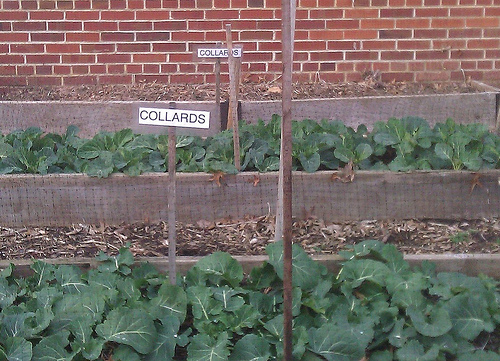Code Green Solutions


School gardens can allow students to practice conservation
Can a school be a place to not only learn, but a structure you can learn from? A study from researchers at Colorado State University describes an approach known as “whole school sustainability” which seeks to incorporate sustainability into all aspects of a school, including organizational culture, facility design and operations. Doing so, the study suggests, allows the building’s physical attributes to be used as a hands on teaching tool imparting important social and environmental values to students.
The study, presented as part of Greenbuild 2011’s Thought Leadership & Research Track, says that the “combination of green school design, green organizational behavior, and aligned educational goals sets the stage for the attributes of green schools to become teaching tools,” and proposes a framework for best practices. In the study, five schools with LEED-NC certification were selected, and school employees, students’ parents, and building professionals were surveyed on topics including school culture, facility and site characteristics, and educational curriculum.
The survey provides interesting insights. For example, schools with with exposed (i.e. visible) systems provided students with the opportunity to interact with the operations of the building, while the use of monitoring systems allowed students to see their own impact on energy and water use – in real time. Additionally, faculty were able to further engage students by allowing them to take the lead in school greening programs such as recycling/composting, gardening, and even leading building tours.
Whole school sustainability, in which the physical environment, culture, and pedagogy, are all aligned along sustainable principles, appears to be a powerful tool for promoting environmental stewardship in both students and teachers.